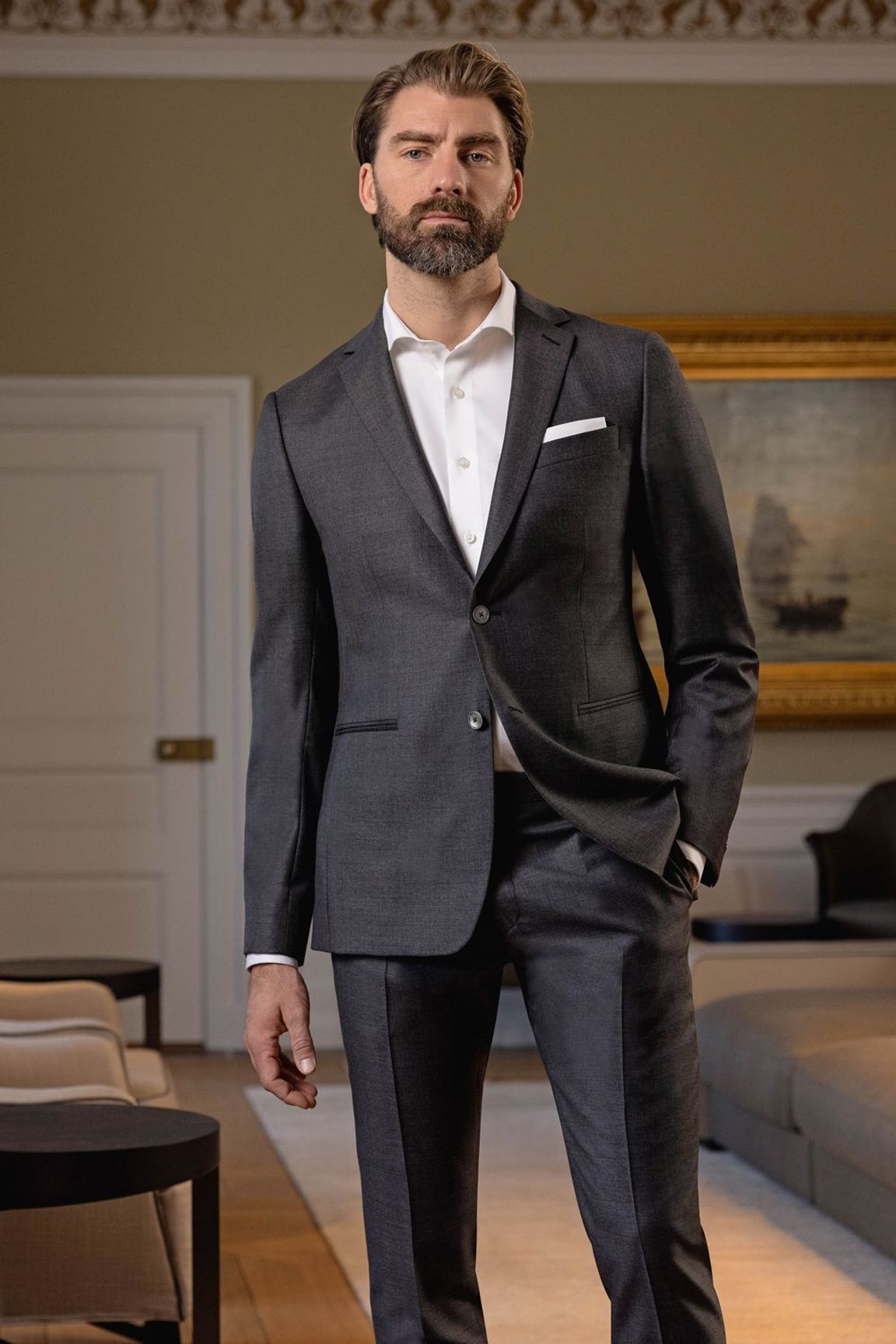Top Tailor Perth: Outstanding Workmanship for Tailored Suits
Comprehending the Tailoring Process: From Textile Option to Last Fitting for the Ideal Wardrobe
The tailoring procedure is a complex interaction of art and scientific research, beginning with the critical decision of material option and culminating in the specific modifications of last installations. Each material kind brings one-of-a-kind high qualities that influence not only the visual appeal but also the garment's durability and suitability for different events. Comprehending the subtleties of customizing methods can elevate one's wardrobe to extraordinary levels of sophistication. As we explore these elements further, one should consider how even the smallest information can significantly influence the general outcome of one's personal design.
Significance of Fabric Choice
Selecting the best material is crucial in the customizing process, as it straight affects the comfort, toughness, and overall aesthetic of the last garment. The option of material establishes the structure for the garment's efficiency, capability, and style. Various textiles possess special homes, such as breathability, stretch, and weight, which can significantly influence exactly how the garment drapes and fits the body.

A tailored piece made from an appropriate fabric not only showcases workmanship yet also boosts the wearer's self-confidence. Consequently, comprehending the nuances of fabric selection is paramount for any tailoring venture. It ensures that the final product not only meets the aesthetic needs of the client however also aligns with functional requirements, consequently achieving an unified equilibrium between form and feature in the tailored closet.
Sorts Of Fabrics and Their Usages
Comprehending the different types of materials offered is crucial for making notified decisions throughout the customizing process. Each textile possesses distinct characteristics that dictate its viability for particular garments and events.
Cotton, recognized for its breathability and gentleness, is optimal for sportswear and summer season apparel. Its adaptability allows it to be tailored right into everything from t shirts to dresses. Wool, on the other hand, is preferred for its warmth and framework, making it an outstanding option for official fits and outerwear. Its all-natural elasticity aids garments maintain form over time.
Silk radiates high-end and is lightweight, making it perfect for eveningwear and fragile shirts; however, it calls for careful handling as a result of its frailty. Bed linen, with its textured coating, is a popular selection for warm environments, giving a crisp and airy feel, yet it wrinkles quickly, which may affect the garment's look.
Artificial materials, such as polyester and nylon, offer resilience and resistance to creases, making them suitable for day-to-day wear and active clothing. Recognizing these fabric kinds and their buildings permits much better decision-making, guaranteeing that each customized piece not only fits well however likewise straightens with the desired purpose and occasion.
The Tailoring Strategies Clarified
The art of tailoring counts on a range of strategies that change fabric into well-fitted garments. Central to this procedure is pattern preparing, where a tailor creates layouts based upon the client's dimensions and desired style. This preliminary action makes certain that the garment will fit the user appropriately before any reducing happens.
When patterns are established, reducing methods enter play. Precision is vital as errors can cause misfitting garments. Tailors frequently use different cutting techniques, such as official statement single-layer reducing for detailed designs and multiple-layer cutting for efficiency on conventional patterns.
Basting is one more crucial strategy, allowing tailors to temporarily stitch textile assemble for a preliminary fitting (tailored suits perth). This method offers the opportunity to assess the drape and overall silhouette before last sewing
Seaming strategies, consisting of flat-felled joints and French joints, enhance the garment's sturdiness and aesthetic appeal. Tailors also employ techniques such as interfacing and padding to provide framework and form to certain locations, like collars and shoulders.
Lastly, finishing techniques, including hemming and side completing, make sure the garment's durability while providing a sleek appearance. With each other, these methods form the foundation of reliable tailoring, resulting in exquisite, custom-fit apparel.

Suitable Adjustments and Factors To Consider
After the initial customizing methods have been used and the garment is built, suitable modifications come to be critical to achieving the best fit. These changes resolve numerous facets of the garment, guaranteeing it contours to the wearer's body form and enhances total appearance.

The rise of trousers is an additional critical element; it should sit comfortably above the hips without creating pain, permitting for convenience of motion. Hemming lengths for both pants and skirts need to mirror the wearer's recommended design while valuing percentages.
Moreover, attention needs to be provided to the rear of the garment, making sure that there are no unpleasant pulls or excess fabric - tailor tuxedos perth. Each modification must be carefully considered, as also minor alterations can considerably impact the total fit and aesthetic of the tailored item, inevitably resulting in a wardrobe that shows self-confidence and elegance
Keeping Your Tailored Clothing
Appropriate upkeep of customized garments is essential to protecting their fit and appearance with time. To make sure longevity, normal cleaning is paramount. Constantly follow the treatment label guidelines, which may recommend dry cleaning for fragile fabrics or maker washing for more long lasting materials. Prevent frequent laundering, as this can wear down the material and change the garment's form.
Storage space is equally essential; use cushioned wall mounts for jackets and coats to keep shoulder structure, and store pants folded up neatly or hung to protect against creasing. Safeguard garments from straight sunshine, which can fade Full Report colors and damages fibers.
Furthermore, routine assessments for minor repair work can avoid bigger issues. Look for loose buttons, tearing seams, or signs of moth damage, attending to these problems immediately to maintain the garment's integrity.
Last but not least, take into consideration seasonal turning. Wearing tailored pieces in moderation permits textiles to recoup, expanding their life-span. By carrying out these upkeep methods, webpage you can make sure that your tailored garments stay as beautiful as the day you first used them, improving your optimal wardrobe for many years to come.
Conclusion
The tailoring process, incorporating material option, experienced strategies, and precise fitting changes, plays an important duty in producing garments that enhance both convenience and design. Comprehending the relevance of maintenance prolongs the life of customized garments, solidifying their value in a well-curated closet.